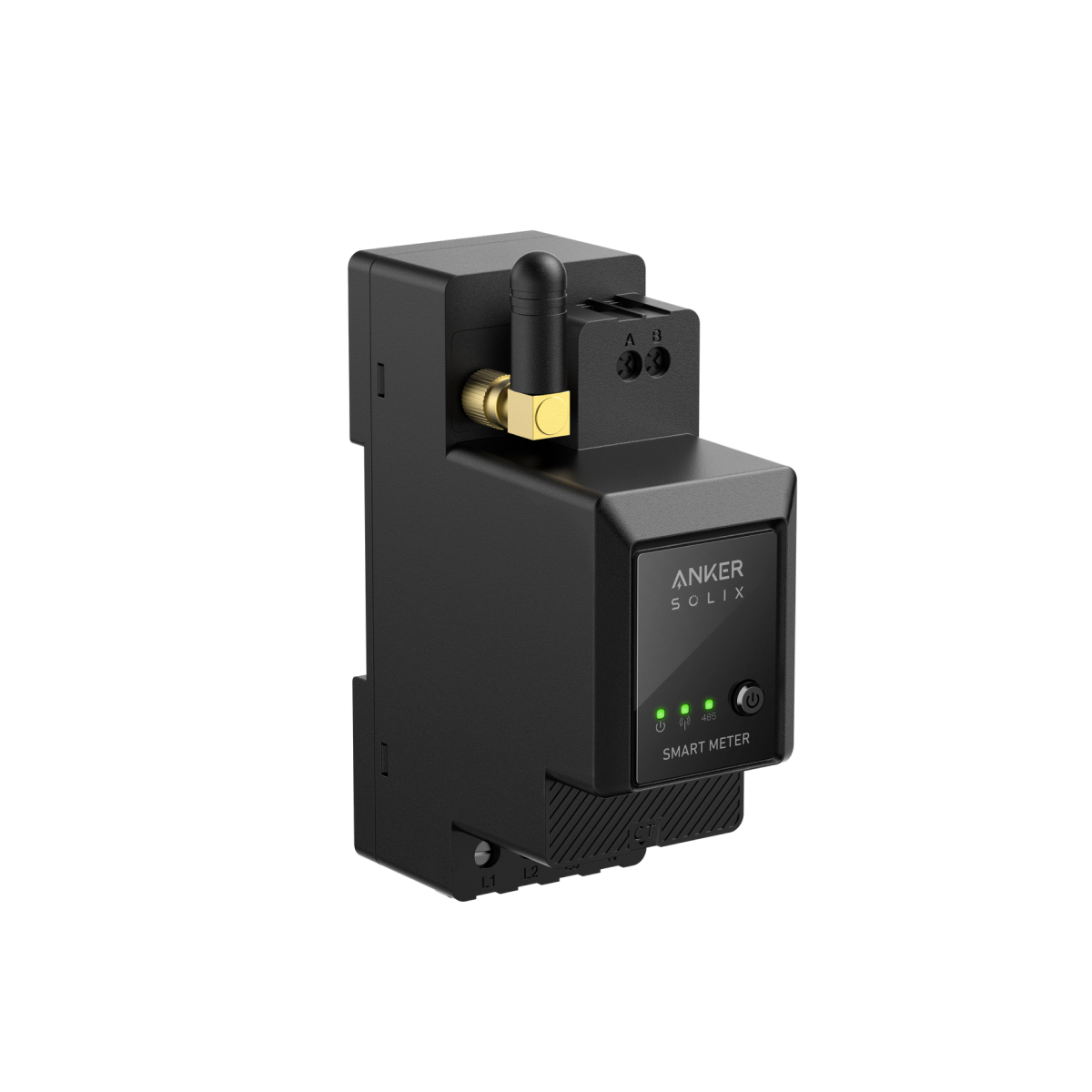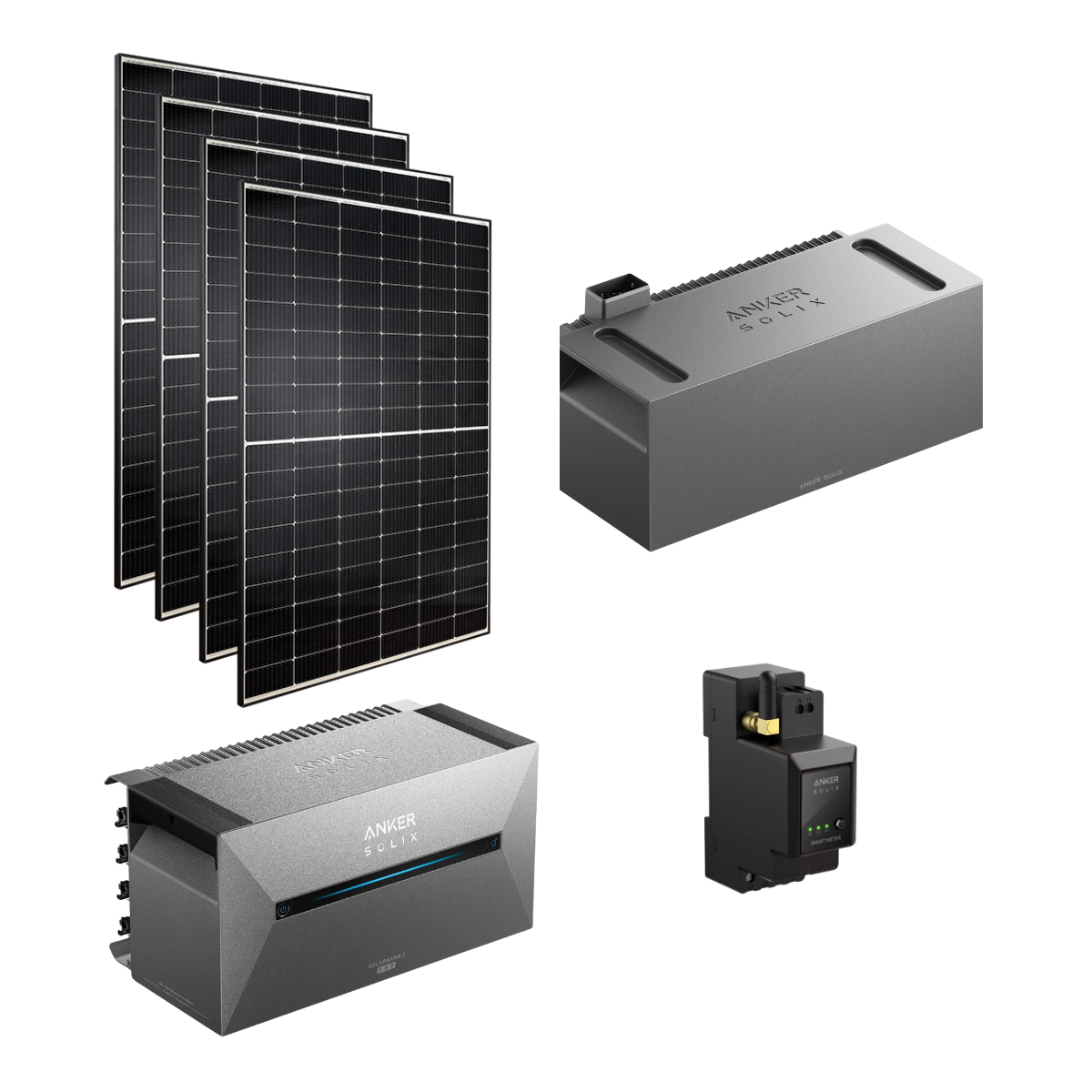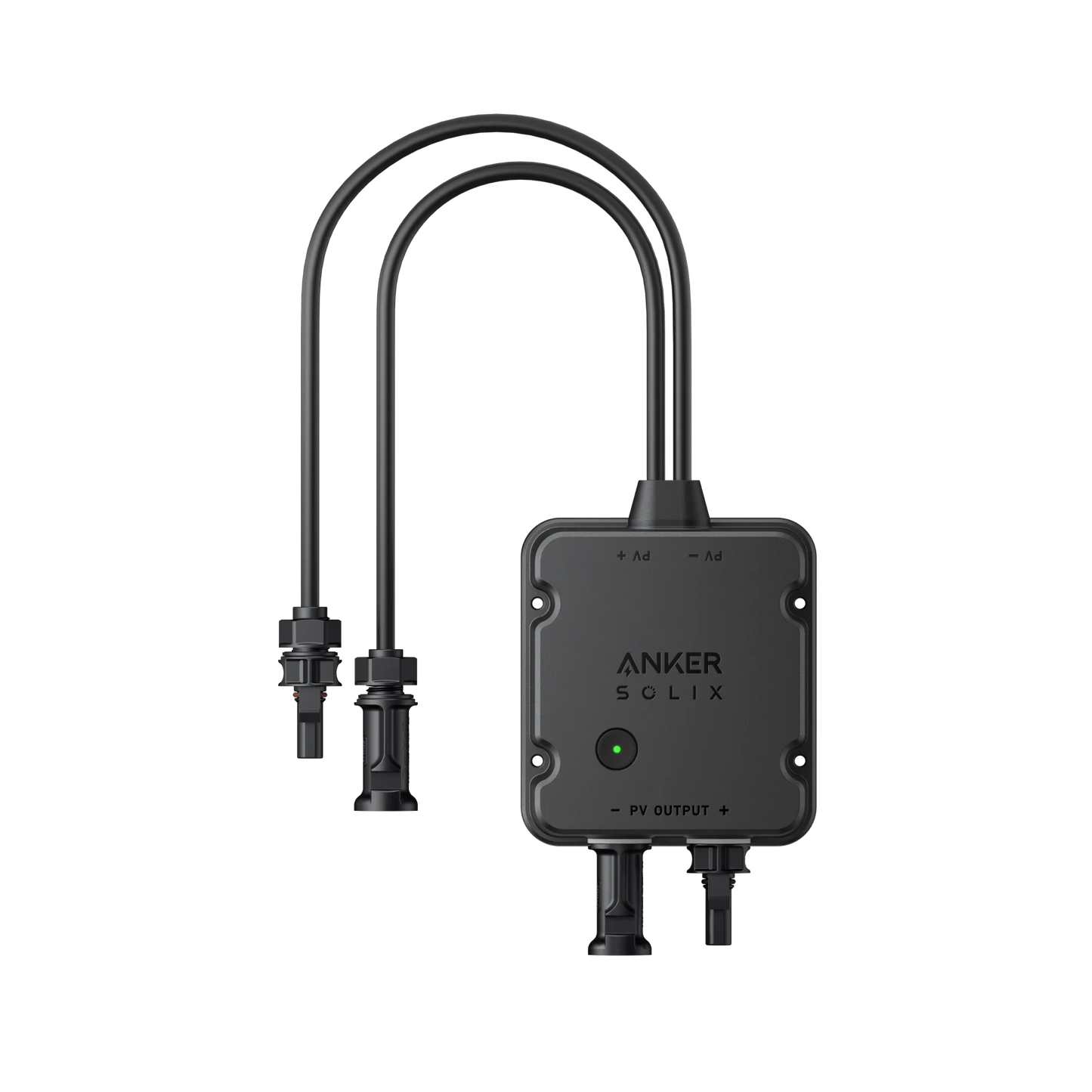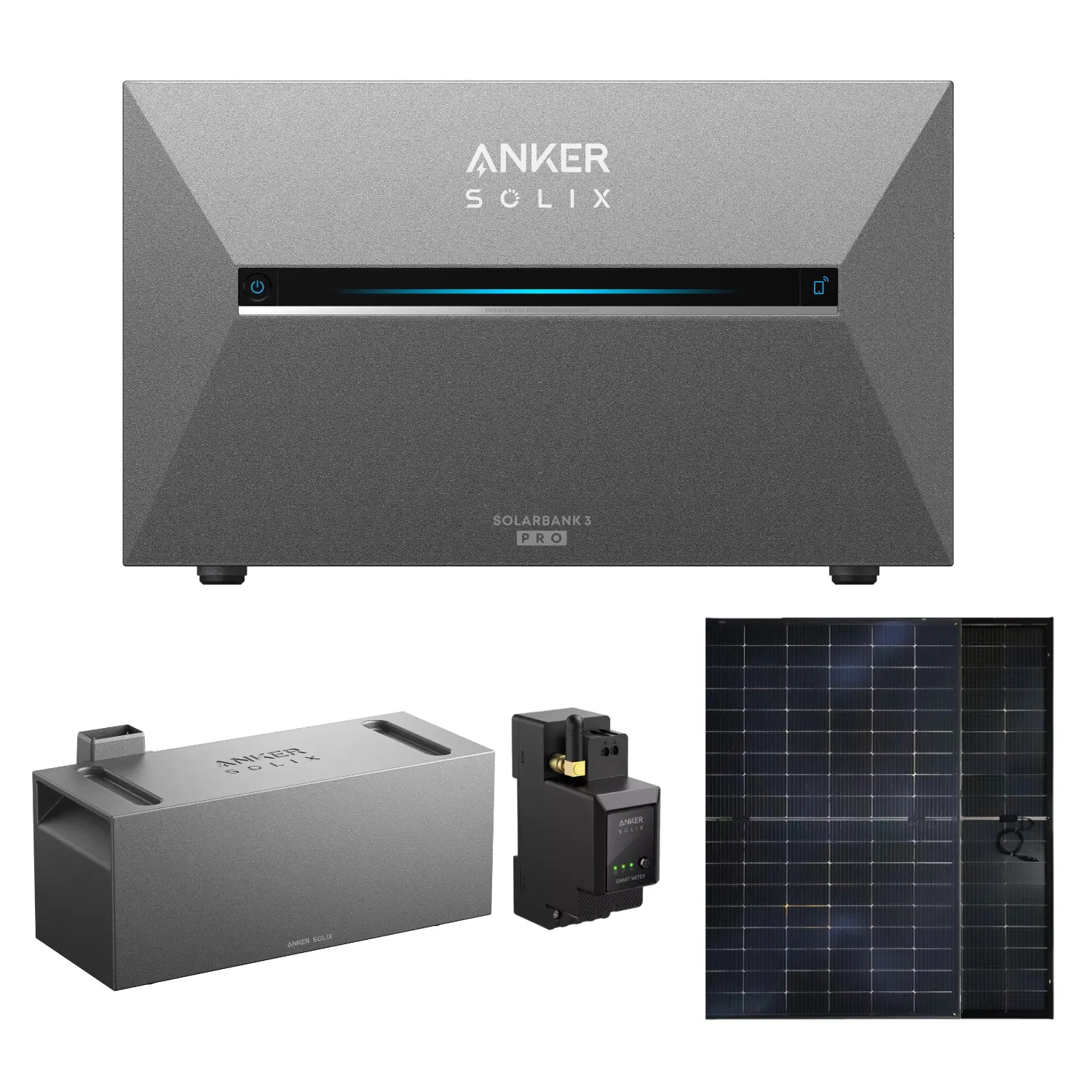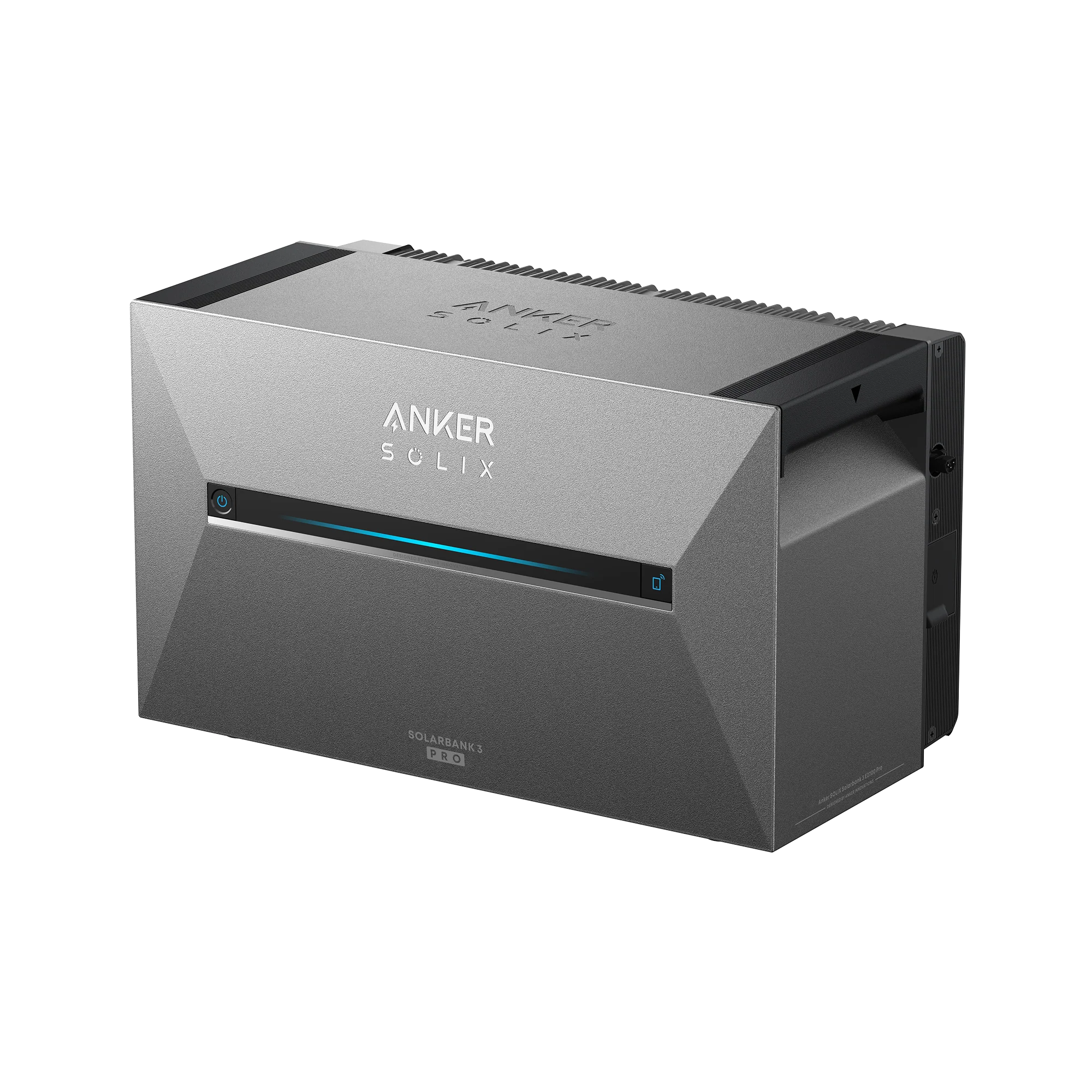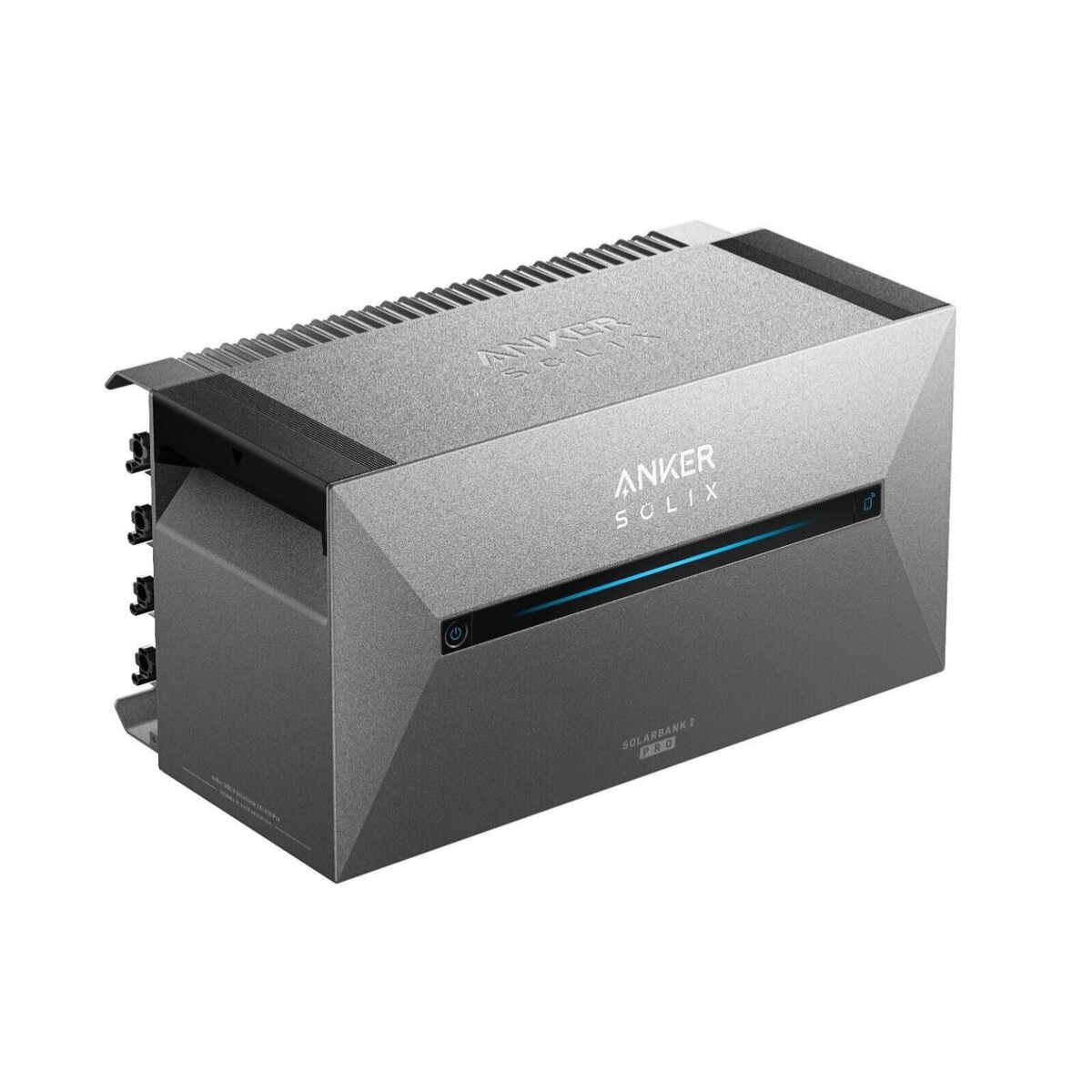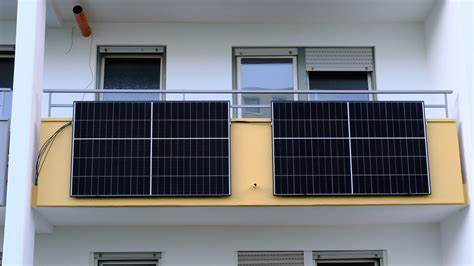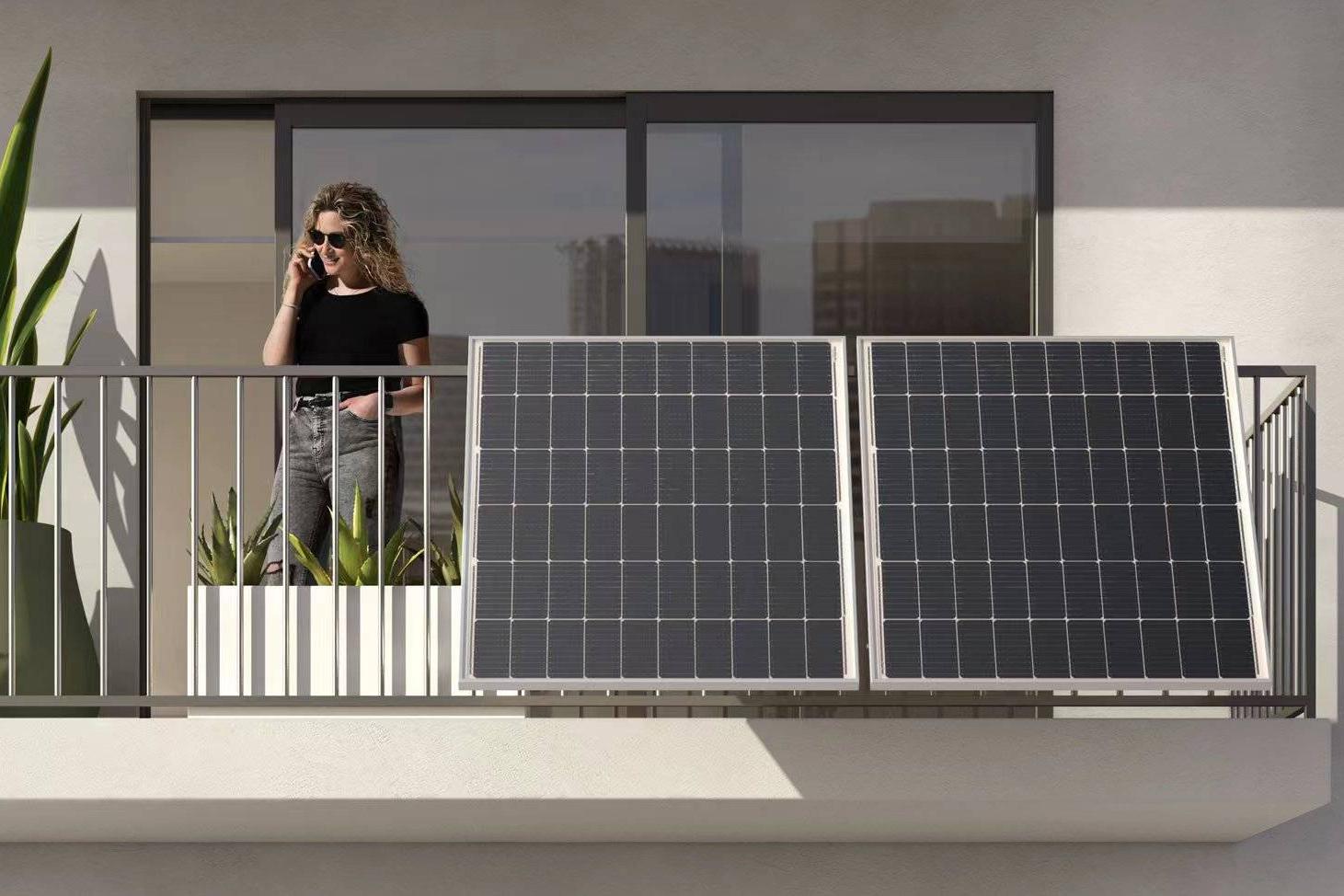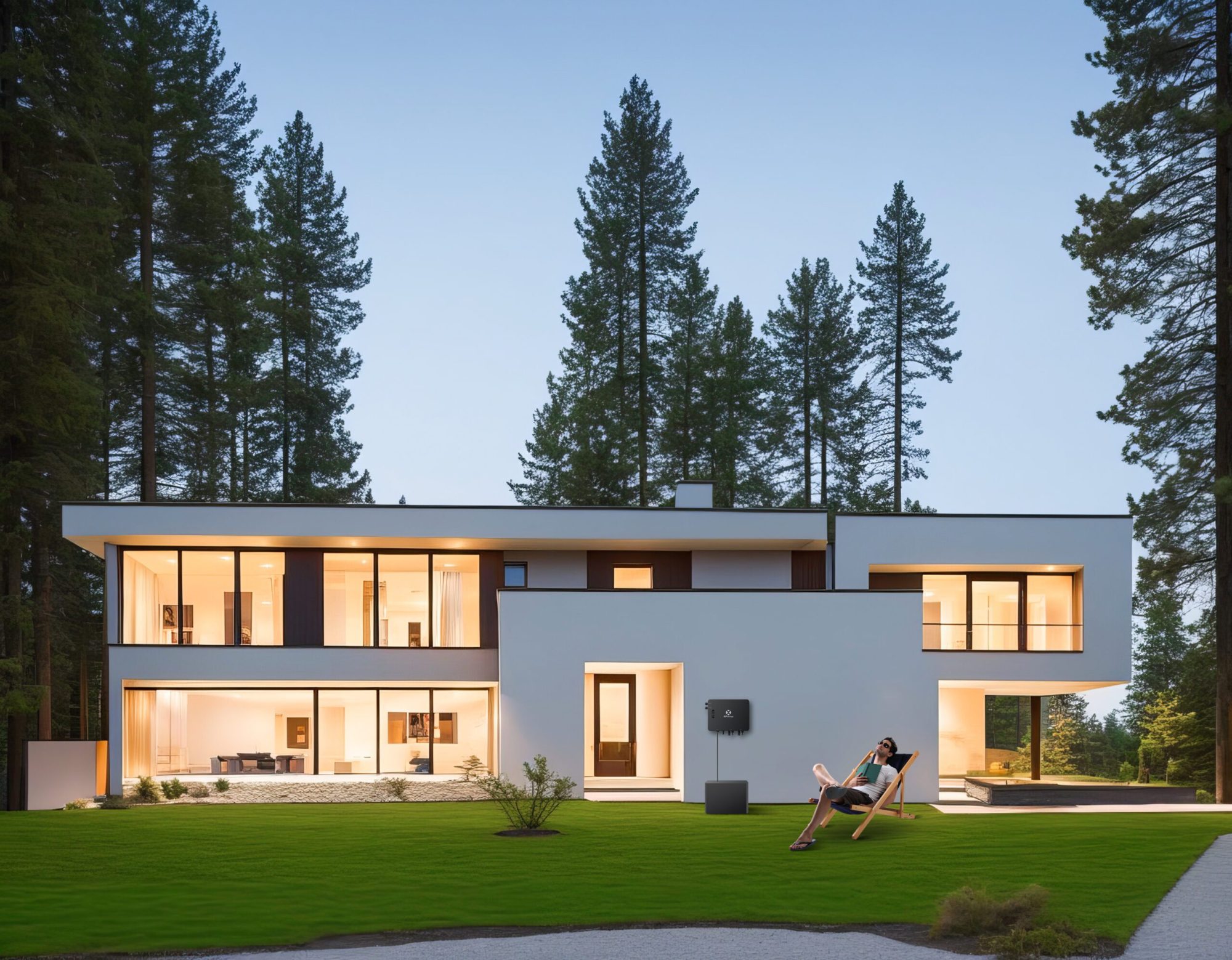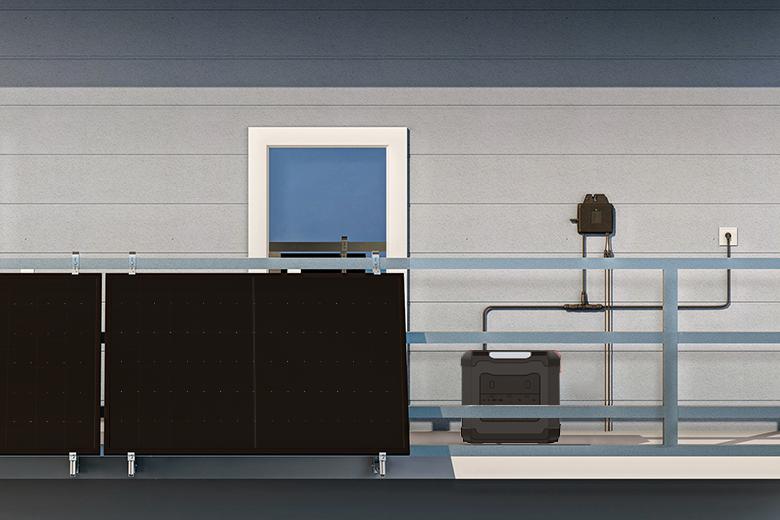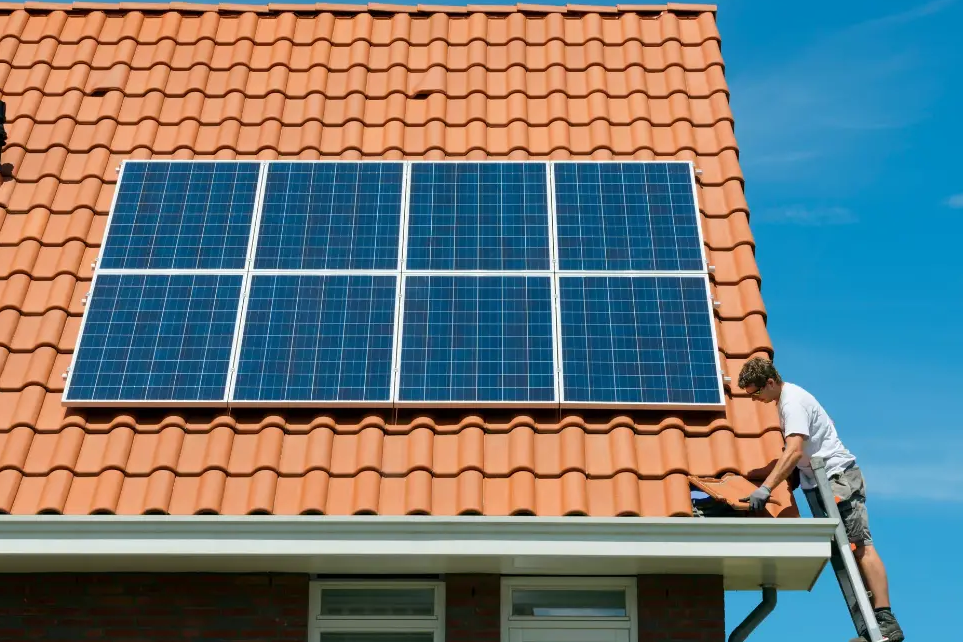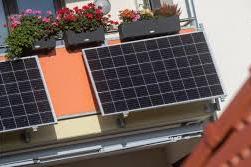Blog & News
Energy efficiency classes for houses compared – which is the best?
The energy efficiency class provides information about the energy efficiency of a building. The better the energy efficiency class, the lower the energy costs. In this article, you'll learn about the different energy efficiency classes and which one is the best.
First things first
What is that?
The energy efficiency class of a house indicates its energetic status.
Which class makes sense?
For new buildings, class D is required, although many new buildings have class B. For older buildings, at least class D is required.
Best energy efficiency class?
Energy efficiency classes for buildings range from A+ to H. A+ is the best energy efficiency class.
Can I improve it?
You can improve energy efficiency through insulation, modern heating systems and energy-efficient windows.
What is the energy efficiency class of a house?
The energy efficiency class of a building indicates its energy efficiency. It is based on the annual consumption or demand of final energy and is expressed in kilowatt-hours per square meter of usable floor space. There are several energy efficiency classes, determined according to the Building Energy Act (GEG).
What energy efficiency classes are there?
Buildings are classified by energy efficiency classes from A+ to H. The best energy class is A+, followed by A and B. These are shown in green on energy certificates. Classes C, D, and E follow. These are marked in yellow. F and G are then marked in orange. The worst energy efficiency class is H, shown in red.
House energy efficiency classes as a table
Home energy efficiency classes are classified according to final energy consumption. The higher the energy efficiency class, the less energy the home consumes. Thus, energy costs are lower for efficient classes than for less efficient ones.
| Energy efficiency class | Final energy [kWh/(m²a)] | House type | Energy costs |
| A+ | ≤ 30 | New buildings with the highest energy standards | approx. 3 €/m² living space |
| A | ≤ 50 | New buildings and low-energy houses | approx. 8 €/m² living space |
| B | ≤ 75 | Normal new buildings | approx. 13 €/m² living space |
| C | ≤ 100 | Minimum requirement for new buildings | approx. 18 €/m² living space |
| D | ≤ 130 | Extensively renovated old buildings | approx. 24 €/m² living space |
| E | ≤ 160 | Renovated old buildings | approx. 30 €/m² living space |
| F | ≤ 200 | Partially renovated old buildings | approx. 37 €/m² living space |
| G | ≤ 250 | Partially renovated old buildings | approx. 47 €/m² living space |
| H | > 250 | Unrenovated old buildings | > 60 €/m² living space |
Which energy efficiency classes should a house have?
A minimum energy efficiency class of D is required for new buildings, with class C being preferred. Many newly built houses now meet energy efficiency class B. For older buildings, a D standard is desirable.
The new EU Building Directive (EPBD) requires all new buildings to be zero-emission by 2030. This requirement will apply to new public buildings as early as January 1, 2028. To achieve this, new buildings must have minimal energy consumption and rely exclusively on renewable energy sources such as photovoltaics. They should not generate CO₂ emissions from fossil fuels, and the energy performance certificate must include information on their environmental impact.
The EPBD also requires a reduction in primary energy consumption in existing buildings. They must reduce primary energy consumption by 16% of the building stock with the worst energy performance by 2030. By 2033, this percentage must even reach 22%. To achieve this, so-called MEPS (minimum energy performance standards) are being introduced.
- By 2027, non-residential buildings must achieve at least energy efficiency class F, and by 2030 class E;
- Residential buildings must achieve at least energy efficiency class F by 2030 and class E by 2033.
Compare photovoltaic offers now and save 30%!
Take 60 seconds and fill out a short form. We will connect you with up to five verified specialist companies in your region. The comparison is free and non-binding.
Why is the energy efficiency class of a house important?
The energy efficiency class helps evaluate and compare the energy performance of buildings. The Energy Efficiency Act (GEG) sets the minimum requirements for granting a building permit. It regulates energy generation, distribution, and losses through the exterior components of a building.
Where can I find the energy efficiency class of a house?
The GEG requires the energy efficiency class to be stated in the Energy certificate The certificate is valid for ten years and must be presented when renting or selling a property. The energy efficiency class must also be stated in commercial property advertisements.
Energy certificate (source: bundesanzeiger.de)
Different types of energy certificates are required for different building types. There are demand-based certificates and consumption-based certificates:
- The needs-based ID card takes into account the specific characteristics of the building;
- The consumption-oriented ID card uses the data from the last three bills to calculate energy consumption. Consumption is adjusted for weather and user behavior.
How do I calculate the energy efficiency class of a house?
To calculate the energy efficiency class of a house, the Final energy consumption The easiest way to do this is to divide the average energy consumption of the last three years by the living space of the house. This gives the final energy consumption in kilowatt hours per square meter per year:
- Final energy consumption [kWh/(m².a)] = Average energy consumption of the last three years [kWh] / Living space [m²]
Example: You own a 150 m² single-family home. The average energy consumption over the last three years was 25,000 kWh. This means your final energy consumption is approximately 167 kWh/(m².a.). This would place you in an older building with energy efficiency class F.
How can the energy efficiency class of the house be improved?
You can improve the energy efficiency class of an existing property by installing a energy-efficient renovation There are three key points to achieving a better energy efficiency class:
- ensure adequate insulation,
- replace or optimize the existing heating system and/or
- consider installing a Photovoltaic system or one Solar thermal system.
insulation
Old buildings are often inadequately insulated, resulting in significant energy loss. This can be corrected by adding insulation to the facade and roof or replacing windows. This reduces the final energy consumption and improves the energy efficiency rating. Expect to pay between €75 and €200 per square meter for insulation. Replacing windows costs an average of between €7,500 and €15,000.
Renewal of heating system
By replacing your existing heating system with a modern, more efficient one (such as a heat pump), you reduce energy consumption. This improves your final energy yield and allows you to achieve a higher energy efficiency rating. You also lower your energy costs.
The ideal combination of a heat pump with photovoltaics or solar thermal energy is ideal. This allows you to generate part of your energy needs using solar energy, further reducing your energy consumption and energy costs.
Photovoltaics or solar thermal energy
Photovoltaics or solar thermal energy are two other options for reducing final energy consumption. This has a positive impact on the energy efficiency rating. The cost of a photovoltaic system on a house ranges between €7,500 and €15,000. Solar thermal energy for hot water costs around €5,000, and for heating and hot water, around €10,000.
What is the difference between energy efficiency classes and the KfW Efficiency House standard?
The KfW Efficiency House Standard is a set of regulations that promotes energy-efficient construction. It offers loans and grants to homeowners with low energy requirements. This makes energy efficiency classes easier for consumers to understand.
- The Energy efficiency class A home's energy consumption is displayed in the same system as electrical appliances. Consumers can easily determine whether a property is energy efficient when purchasing or renting it.
- The KfW Efficiency House Standard Measures the primary energy demand of a building, not the final energy consumption. The numerical values indicate the maximum permissible percentage compared to a reference building defined in the Building Energy Act.

